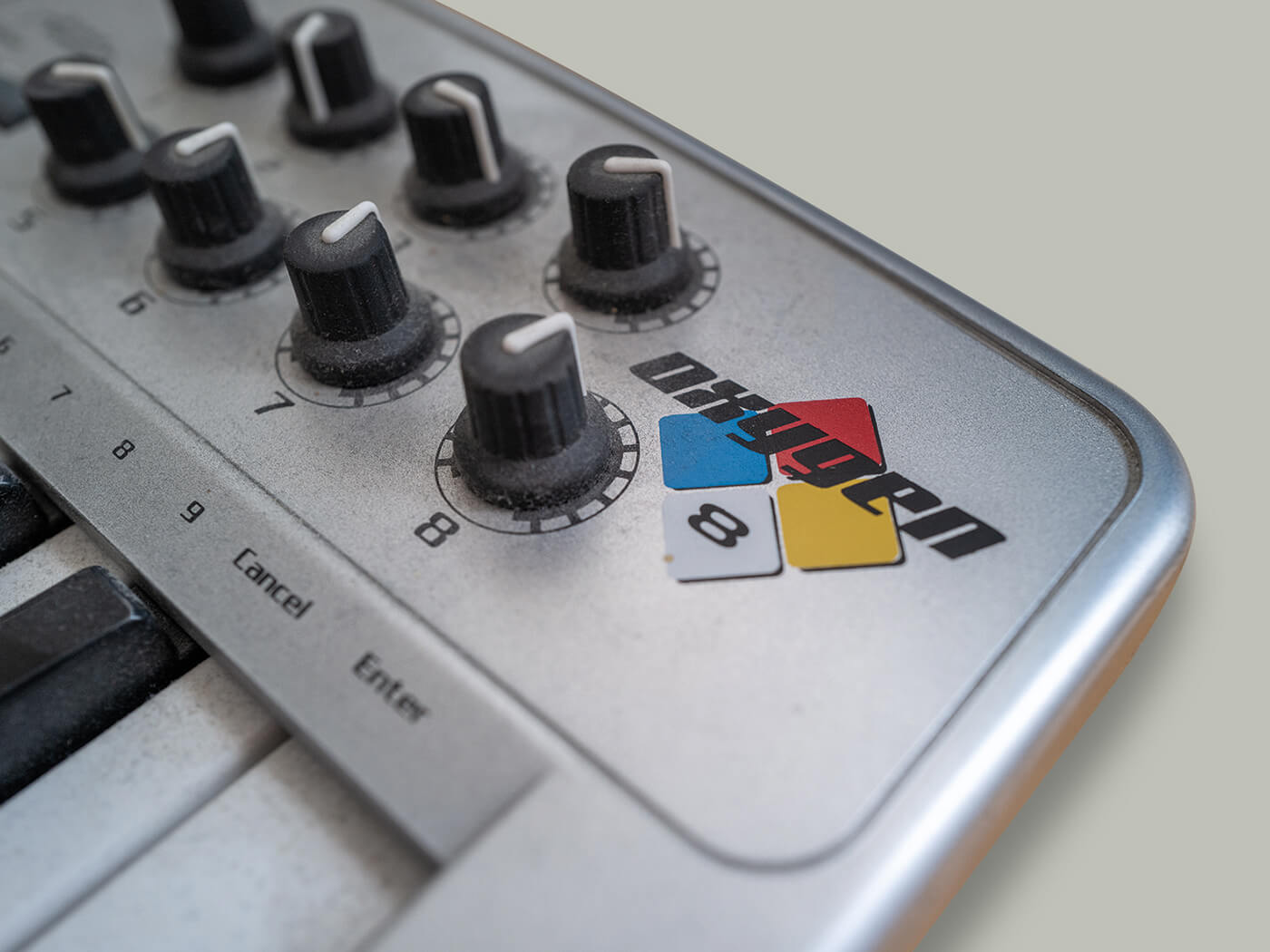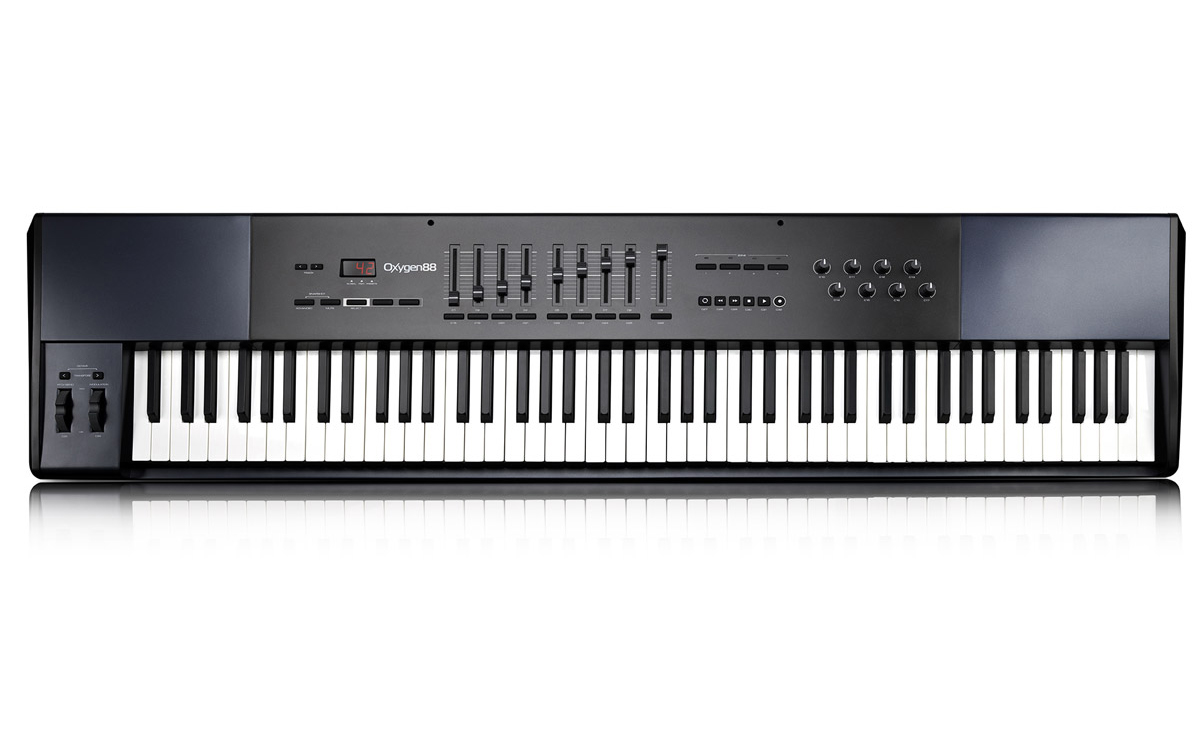

The element cannot be liquified by compression alone, but must be cooled as well. The critical point of oxygen occurs at T = 154.6 K and p = 5050 bar (49.8 atm).

Uses of elemental oxygen include the production of steel, plastics and textiles, brazing, welding and cutting of steels and other metals, rocket propellant, oxygen therapy and life support systems in aircraft, submarines, spaceflight and diving.

Oxygen is produced industrially by fractional distillation of liquefied air, use of zeolites with pressure-cycling to concentrate oxygen from air, electrolysis of water and other means. The name oxygen was coined in 1777 by Antoine Lavoisier, whose experiments with oxygen helped to discredit the then-popular phlogiston theory of combustion and corrosion. Oxygen was discovered independently by Carl Wilhelm Scheele, in Uppsala, in 1773 or earlier, and Joseph Priestley in Wiltshire, in 1774, but Priestley is often given priority because his work was published first. It is also by far the most abundant element in earth's crust on either basis At even higher low earth orbit altitudes, atomic oxygen is a significant presence and a cause of erosion for spacecraft.īy particle count (molar) or mass basis, oxygen is the third most abundant element in the universe. Another form (allotrope) of oxygen, ozone (O 3), strongly absorbs UVB radiation and consequently the high-altitude ozone layer helps protect the biosphere from ultraviolet radiation, but is a pollutant near the surface where it is a by-product of smog. Oxygen is toxic to obligately anaerobic organisms, which were the dominant form of early life on Earth until O 2 began to accumulate in the atmosphere. Elemental oxygen is produced by cyanobacteria, algae and plants, and is used in cellular respiration for all complex life. Many major classes of organic molecules in living organisms, such as proteins, nucleic acids, carbohydrates, and fats, contain oxygen, as do the major inorganic compounds that are constituents of animal shells, teeth, and bone. Oxygen constitutes most of the mass of living organisms, because water is their major constituent (for example, about two-thirds of human body mass). Diatomic oxygen gas constitutes 20.8% of the volume of air.
Midiman oxygen 8 wiki free#
Free elemental O 2 only began to accumulate in the atmosphere about 2.5 billion years ago (see Great oxygenation event) about a billion years after the first appearance of these organisms. Oxygen is too chemically reactive to remain a free element in Earth's atmosphere without being continuously replenished by the photosynthetic action of living organisms, which use the energy of sunlight to produce elemental oxygen from water. Oxygen is a strong oxidizing agent and only fluorine has greater electronegativity. Oxygen is a member of the chalcogen group on the periodic table and is a highly reactive nonmetallic element that readily forms compounds with most elements except the noble gases Helium and Neon. This substance is an important part of the atmosphere. At standard temperature and pressure, two atoms of the element bind to form a colorless, odorless, tasteless diatomic gas with the formula O2. Oxygen is chemical element with symbol O and atomic number is 8 Its name derives from the Greek roots ὀξύς (oxys) ("acid", literally "sharp", referring to the sour taste of acids) and -γόνος (-gοnos) ("producer", literally "begetter"), because at the time of naming, it was mistakenly thought that all acids required oxygen in their composition. Oxygen bubbles rise in this photo of liquid oxygen.


 0 kommentar(er)
0 kommentar(er)
